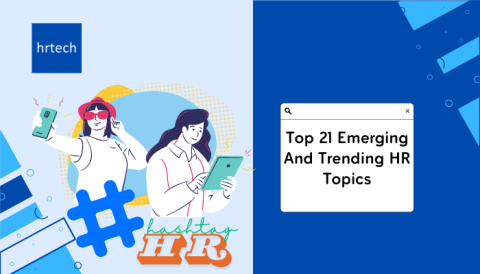TL;DR
- Many organisations miss early signals of employee frustration because feedback loops are too slow or filtered through layers.
- Relationships often break down when policies are applied unevenly or when exceptions go unexplained across different levels.
- Most people leave not because of pay, but because they stop trusting how decisions are made or concerns are handled.
- Fixing relationships means giving managers support, not just training, and setting clear behaviour standards across roles.
- TeamLease helps leaders act on these issues with structured support across hiring, HR tech, learning, and advisory services.
Introduction
Employee engagement has a significant impact on business outcomes. Studies show that highly engaged teams experience a 41% reduction in absenteeism and a 59% drop in turnover. This highlights how a strong employer-employee relationship can improve both retention and overall performance.
When employers build strong relationships with their employees, it boosts morale and encourages productivity. Employees are more likely to stay with the company and align with its goals, which contributes to a healthier, more focused work environment.
In this blog, you’ll get a sharp view of what defines the employee and employer relationship, why it matters, and how to make it stronger. We’ll look at key elements that build mutual respect, business benefits tied to trust, and ways to measure relationship health across your workforce.
What is an Employer–Employee Relationship?
An employer–employee relationship is a two-way working arrangement based on expectations, responsibilities, and mutual respect over time. It begins with a formal contract and extends far beyond payroll, covering everything from communication styles to workplace culture and team fit.
You set the direction and boundaries, while employees bring their skills, time, and intent to contribute meaningfully to shared goals. This relationship isn’t just about compliance or task delivery, but also trust, feedback, fairness, and how decisions are experienced by employees.
Now that we’ve defined the relationship, let’s look at the key ingredients that keep it from falling apart.
Core Elements of a Strong Employee And Employer Relationship

Strong employer–employee relationships are built on actions, not promises. The experience your teams have each day defines how connected they feel at work. When these key elements are present, relationships become more stable, less reactive, and easier to maintain across functions and reporting levels.
Here’s what you need to build and protect across the employee experience from hiring to exit.
- Trust and Transparency: People want to know where they stand and what decisions affect them before those decisions are entirely made or communicated.
- Clarity of Roles and Goals: Each person needs to understand what success looks like, how they contribute, and who to turn to when priorities change.
- Fair Compensation and Recognition: Money is not everything, but how fairly and consistently it’s handled directly affects motivation and long-term retention.
- Respect in Communication: Daily tone, active listening, and respectful disagreement signal whether your culture allows people to speak up safely.
- Consistency in Policy Application: Rules that shift based on role or favour break trust and create tension, even if outcomes seem justified at the top.
- Legal and Ethical Grounding: Contracts, benefits, leave, and compliance should reflect both the law and your stated values without room for doubt or confusion.
Now let’s connect those building blocks to actual outcomes for your teams and the wider business.
Benefits for the Organisation and Workforce
Strong employee and employer relationships affect more than team morale. They influence how people perform, how long they stay, and how issues surface. When these relationships are stable, trust builds faster, communication improves, and everyday decisions feel less tense and more predictable for everyone.
Here’s what strong relationships give back to both the business and the people who keep it running.
- Lower Attrition and Absenteeism: People who feel respected, heard, and fairly treated are less likely to quit or disengage quietly without saying anything.
- Better Performance and Ownership: Employees who trust their leaders work with more confidence, speak up early, and care more about long-term business outcomes.
- Stronger Employer Reputation: Word spreads fast inside and outside your industry when your culture consistently matches what candidates hear during interviews.
- Simpler Conflict Resolution: Disagreements feel less personal and easier to address when there’s already trust in how concerns are handled and resolved.
- Fewer Compliance Risks: When people’s policies are clear, consistent, and well-communicated, there’s less legal exposure and fewer last-minute HR escalations.
You’ve seen what strong relationships deliver. Let’s now focus on what makes them easier to maintain.
How to Strengthen the Relationship?
The employee and employer relationship doesn’t improve by chance. They grow stronger when expectations are clear and small issues are addressed before they snowball. You can’t fix what you never hear, and people won’t speak freely unless they already feel safe, respected, and valued by leadership.
Here are practical actions you can take to build credibility and reduce friction across teams, managers, and functions.
- Improve Onboarding with Manager Accountability: First impressions last. Managers should own the early experience, not just HR, and be trained to support early-stage clarity.
- Make Feedback Cycles Two-Way and Ongoing: One-way reviews create distance. Use structured check-ins to invite feedback from both sides regularly, not just during appraisal season.
- Coach Leaders on Listening and Response: Employees observe how leaders respond to constructive feedback. Coach them to react with fairness, honesty, and calm under pressure.
- Reward Transparency in Decision-Making: Even unpopular decisions are easier to accept when reasoning is shared early, consistently, and without corporate jargon or spin.
- Give People Channels Beyond Direct Managers: Escalation paths outside direct lines reduce bias, help uncover blind spots, and give employees confidence that their voices will reach leadership.
Now that you know what to improve, here’s how to track whether it’s actually improving.
Measuring the Health of the Relationship

Strong relationships are built on trust, but they still need to be checked regularly to stay relevant, consistent, and aligned with expectations. Without measurement, it’s hard to know if your efforts are working or where people feel confused, isolated, or let down.
These practical tools help you track how people experience your culture and how managers build or break trust over time.
- Run Focused Engagement Surveys Quarterly: Short, specific questions work better than broad ones. Ask about trust, communication, recognition, and how people view their managers.
- Use eNPS to Track Sentiment Trends: The employee Net Promoter Score is simple to run and gives you a signal of pride, loyalty, and satisfaction across teams.
- Track Internal Movement and Referrals: When people stay, grow, or refer others, it reflects trust in leadership. Low scores may signal deeper issues beneath the surface.
- Log Exit Interview Patterns by Team: Look for themes in voluntary exits. If the same issues persist with a department or manager, prompt action is required.
- Monitor Time to Resolve Grievances: How fast concerns are addressed reflects your culture more than any policy document. Delays cause mistrust and quiet resentment.
Knowing what works is half the job. You also need to prepare for what could stall progress.
Common Challenges You Might Face
Even with clear intent and effort, employer–employee relationships often face stress due to mixed signals, unmet expectations, or unclear communication lines. These issues tend to build slowly until they surface in surveys, resignations, or unresolved conflict between teams and reporting managers.
Here are the most common friction points that make consistency difficult and stall relationship progress across departments or units.
- Unclear Manager Expectations Across Teams: Inconsistent feedback and standards from different leaders confuse employees and create gaps in how success is defined or measured.
- Policy Exceptions Without Communication: When exceptions are granted without clear reasoning, others may feel neglected, causing mistrust or fear of hidden favouritism.
- High Role Ambiguity in Growing Functions: In fast-growing teams, unclear job roles lead to repeated work, delayed outcomes, or finger-pointing when accountability is questioned.
- Disconnect Between HR and Line Managers; If HR messages aren’t backed by manager behaviour, employees stop trusting both sides and disengage from formal feedback processes.
- Avoidance of Hard Conversations: Managers who avoid difficult discussions let problems linger. Delays in correction affect culture more than the issue being avoided.
If you’re looking to act on these points, here’s how TeamLease helps across the full employee lifecycle.
Strengthening Employer–Employee Relationships With TeamLease
Strong relationships need the right systems, processes, and people in place to support clarity, fairness, and consistent employee experiences across the organisation. TeamLease works with leadership teams to build these foundations across staffing, HR technology, learning, compliance, and workforce strategy.
Here’s how our services help you act on the elements discussed throughout this blog with practical support across the employee lifecycle.
- Professional Staffing and Payroll Services: With over 200 recruiters, TeamLease helps you hire faster across roles while handling payroll and compliance across different countries with precision.
- HR Technology Marketplace for Tailored Solutions: Our platform offers 450-plus HR tools matched to your business size, function, and goals through structured needs assessment and guidance.
- HR Advisory and People Strategy Consulting: TeamLease supports redesigning HR delivery models and tech adoption through advisory sessions focused on clarity, process, and measurable outcomes.
- Enterprise Learning and Capability Building: With access to 10,000-plus trainers, our learning programs support behavioural, functional, and leadership skills aligned to your specific business context.
If you want support across these areas or need help with a specific challenge, contact us to start a focused conversation.
Conclusion
Your organisation’s long-term success depends on how clearly you define expectations and how consistently those expectations are honoured through people’s decisions. When employees see fairness, communication improves. When they feel safe, trust grows. When they feel heard, commitment to shared goals becomes stronger.
These aren’t soft outcomes. They shape how your managers lead, how your teams respond, and how your brand is remembered internally and externally. If you’re looking to strengthen your employee and employer relationship with better systems, tech, and support, TeamLease can help you act with structure.
Book a demo today to explore workforce, HR tech, staffing, and learning solutions tailored to your business context.
FAQs
Q: What makes employer–employee relationships harder to maintain in hybrid teams?
A: Lack of face time often leads to missed signals, unclear expectations, and delayed conflict resolution unless addressed through consistent managerial habits.
Q: Who should take ownership of building strong relationships—HR or direct managers?
A: Managers shape day-to-day experience, but HR should guide the structure, tools, and support needed to keep relationships transparent and fair.
Q: How often should you check relationship health across the workforce?
A: Quarterly touchpoints work well, as they balance feedback frequency with enough time to act meaningfully before issues repeat.
Q: What causes trust to drop even when policies are clear?
A: Trust falls when leaders speak differently than they act or when concerns are ignored until they turn into exits.
Q: How does TeamLease support employer–employee relationships beyond hiring?
A: TeamLease offers tools, training, and advisory services to help you build people systems that support long-term consistency and fairness.







